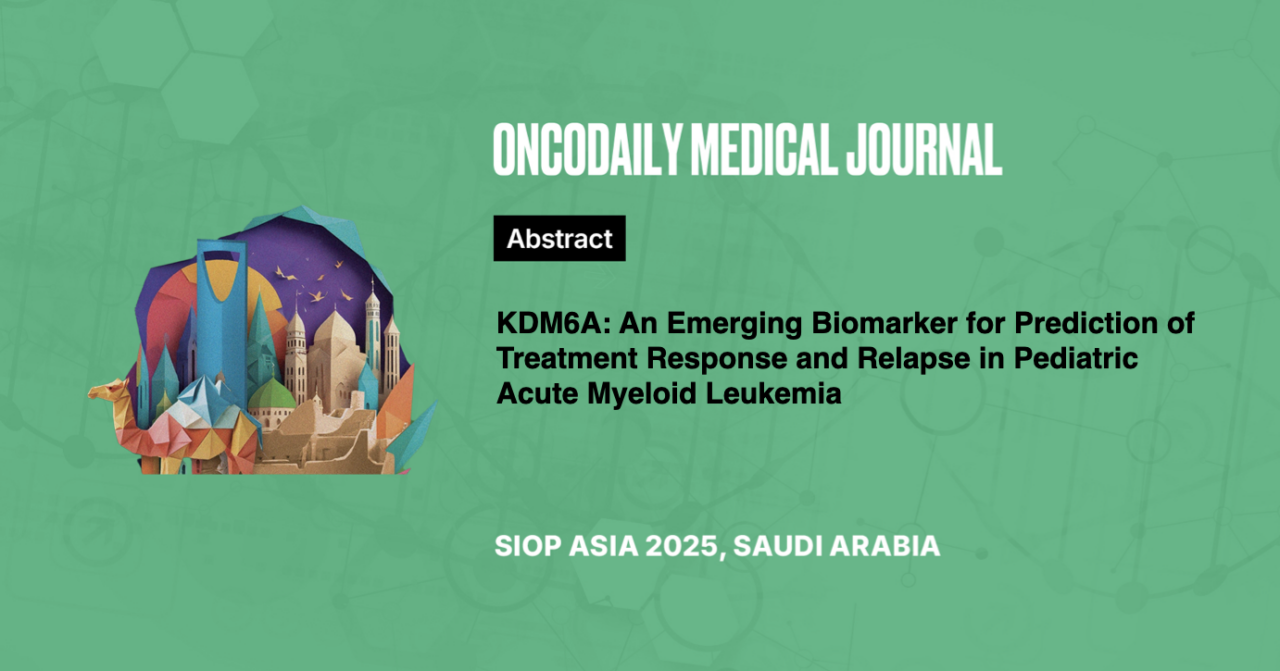Abstract
Introduction: Despite advancements in diagnostic techniques and the development of newer chemotherapeutic agents, outcomes for acute myeloid leukemia (AML) remain dismal. KDM6A, a histone H3K27me3 demethylase, is a tumor suppressor gene with potential implications in AML. This study aimed to investigate the role of KDM6A in pediatric AML, exploring its association with treatment response and relapse.
Methodology: In this prospective study, bone marrow aspirates or peripheral blood samples were collected from children (age ≤18 years) at three time points: diagnosis, remission, and relapse. Total RNA was extracted from the samples and subsequently reverse-transcribed into complementary DNA (cDNA) for quantitative expression analysis of KDM6A. The dynamic expression patterns of KDM6A were evaluated using quantitative real-time PCR (qRT-PCR).
Results: A total of 81 patients with AML were enrolled in the study. The most common symptoms observed were fever (78.8%), pallor (54.7%), fatigue (36.7%), and loss of appetite (45.5%). The most common cell surface markers detected were CD33 (100%), CD38 (91.67%), CD117 (87.80%), and CD13 (75%). The expression was downregulated at the diagnosis (n=81) compared to the control group (n=15) (p=<0.01). KDM6A was upregulated at remission compared to diagnosis (p=0.001) (n=54), whereas its expression decreased on relapse of the disease in paired samples in comparison to remission (p=<0.01) (n=10). The KDM6A expression during remission was comparable to the control sample with no significant difference but was highly downregulated at diagnosis (p<0.001).
Conclusion: The differential expression of KDM6A observed exclusively at diagnosis and relapse highlights its potential role in the pathogenesis of pediatric AML. Given the poor prognosis of AML, incorporating KDM6A as a novel disease marker is crucial for enhancing risk stratification and identifying targeted therapeutic strategies to improve patient outcomes.





